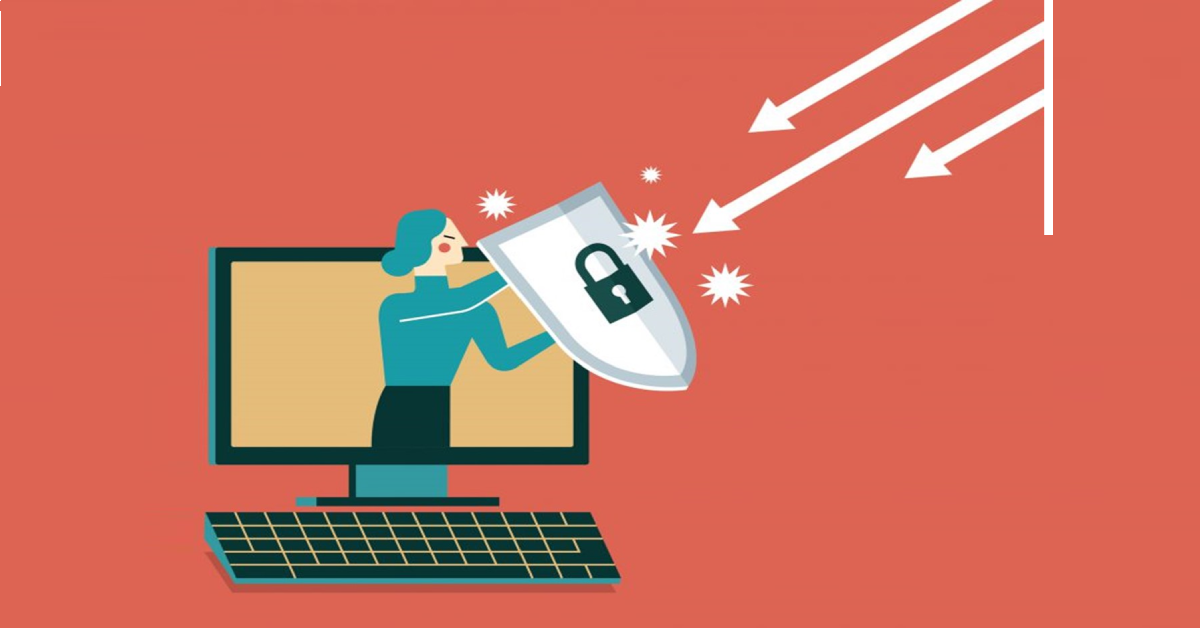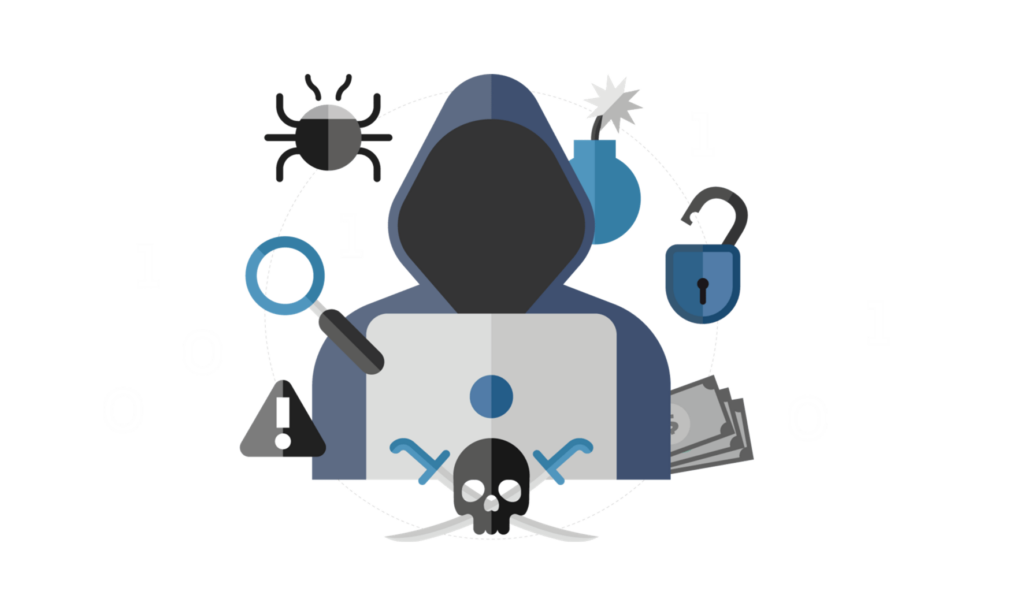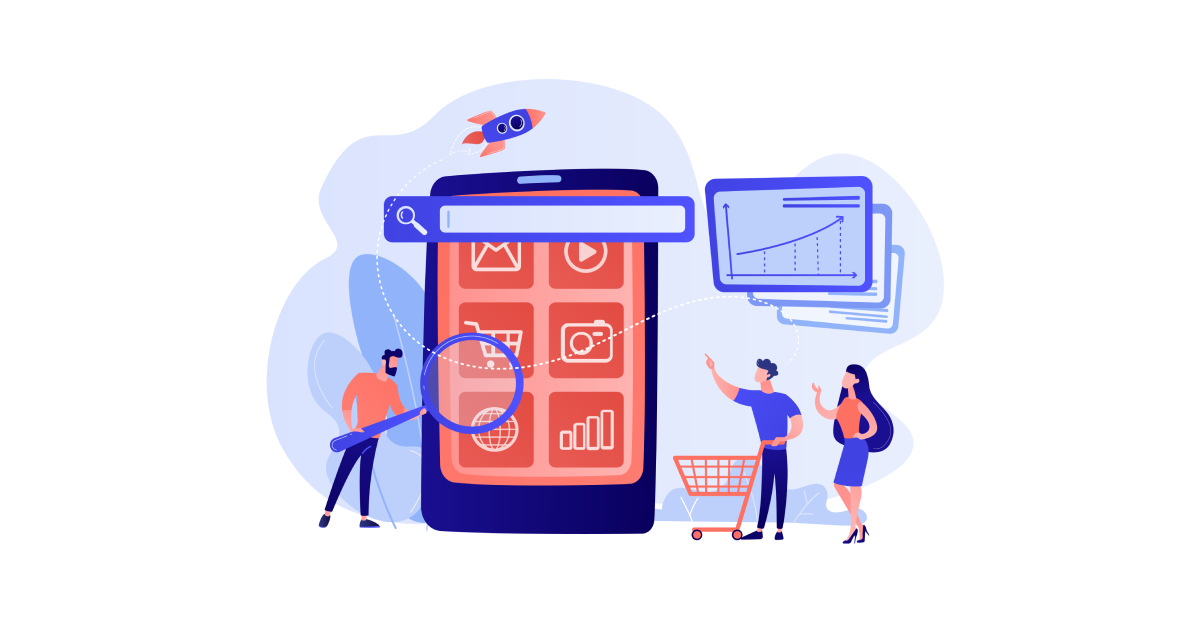January 29, 2024
Web Security Best Practices: Protecting Your Site from Cyber Threats

In our increasingly interconnected world, where the internet has become the backbone of modern society, there exists a danger or a threat that has no borders, respects no boundaries, and targets everyone, from individuals to massive corporations. This is actually about the world of ‘Cyber Threats’.
Come along with us as we go deep into the realm of cybersecurity. We’ll uncover the reasons behind cyber attacks, examine the tools used by cybercriminals, and show you how to protect yourself in this digital battleground. Welcome to the world of cyber threats, where knowing about them is your best way to stay safe online.
What is a Cyber Threat?
A cyber threat refers to any potential danger or risk in the digital or online world. It encompasses a wide range of malicious activities or events that can harm computer systems, networks, or data. Cyber threats can include things like hacking, malware, ransomware, and other activities designed to expose the confidentiality, integrity, or availability of digital information and systems. These threats can target individuals, organisations, or even governments, posing various risks such as data breaches, financial losses, and disruptions to critical services. Cybersecurity measures are put in place to defend against and relieve these threats.
Motivation Behind Cyber Threats
Cyber threats happen for different reasons. Some people do it to make money by stealing information or causing online scams. Others might have political or ideological motives, trying to push their beliefs or protest against something. In some cases, it’s personal, with individuals having grudges and wanting to harm someone. Governments can also use cyber threats for spying or even in wars. Some cyber threats occur because hackers find weaknesses in computer systems and use them just because they can. Businesses can be targeted for their secrets, and sometimes people inside those businesses may try to harm them. It’s important to note that the motivations behind cyber threats can be for multiple reasons, and the landscape is continually evolving as technology advances.
Commonly Used Tools by the Cybercriminals

Cybercriminals use a variety of tools and techniques to carry out their illicit activities. Some common tools and methods include:
- Malware:
Malicious software, such as viruses, worms, Trojans, ransomware, and spyware, is often used to infect and compromise computers or networks.
- Phishing Kits:
These are packages of tools and templates that help cybercriminals create convincing phishing emails and websites to trick users into revealing sensitive information.
- Exploit Kits:
These are software packages that contain pre-written code to exploit vulnerabilities in software or operating systems. Cybercriminals use them to compromise systems.
- Remote Access Trojans (RATs):
These tools allow cybercriminals to gain unauthorised access to a victim’s computer or network, enabling them to control and manipulate the system remotely.
- Keyloggers:
Keyloggers record the keystrokes made by a user, enabling cybercriminals to capture sensitive information like login credentials.
- SQL Injection Tools:
These tools exploit vulnerabilities in web applications to gain unauthorised access to databases, potentially exposing sensitive data.
- Crypters:
These tools are used to obfuscate and encrypt malware, making it harder for security software to detect and analyse.
- Darknet Marketplaces:
Cybercriminals can acquire tools, services, and stolen data on underground websites, often using cryptocurrencies for transactions.
- Password Cracking Tools:
Tools that automate the process of attempting to crack passwords by trying various combinations until the correct one is found.
- Rootkits:
These tools are designed to hide malware or unauthorised access on a system, making them difficult to detect and remove.
Protecting Yourself Against Cyber Threats
Protecting yourself against cyber threats is crucial in our increasingly digital world. Here are some essential steps to enhance your cybersecurity in your digital resources.
- Use Strong and Unique Passwords:
Make sure your passwords are not easy to guess, and don’t use the same password for all your accounts.
- Two-Factor Authentication:
This adds extra protection to your accounts. It’s like having a secret code on your phone that you also need, along with your password, to log in.
- Keep Everything Updated:
Update your computer and apps regularly. It’s like fixing any holes to safeguard your house.
- Watch Out for Scams:
Be careful about clicking on unknown links or opening emails from people you don’t know. Some emails or websites might try to trick you into giving away your information.
- Antivirus Software:
Install reputable antivirus and anti-malware software to detect and remove threats from your device.
- Protect Your Wi-Fi:
Make sure your home Wi-Fi has a strong and unique password, and use encryption (WPA3) to protect your wireless communications.
- Backup Your Data:
Frequently create copies of your crucial data by saving it on an external hard drive or using a cloud storage service. This precaution ensures that if you ever face a ransomware attack or experience data loss, you’ll still possess a duplicate of your important information.
- Privacy Settings:
Check and modify the privacy configurations on your social media accounts and online profiles.
- Learn About Threats:
Keep yourself up to date on Cyber threats and recommended methods for maintaining your safety on the internet.
- Monitor Your Accounts:
Frequently review your financial and online accounts for any unauthorised or suspicious activity.
- Be Cautious with Downloads:
Be careful about downloading things from the internet; some files might have hidden threats that can harm your computer.
- Use a VPN:
A VPN serves as a pathway for your internet. It helps keep your online activities private, especially when using public Wi-Fi.
- Device Security:
Use device encryption (BitLocker or FileVault) to protect the data on your devices. Implement remote tracking and wiping features to secure your smartphone or laptop if it’s lost or stolen.
Conclusion
To summarise, In an era where cyber threats continually evolve, a proactive and multi-faceted approach to web security is essential. By implementing these measures that are mentioned above in the blog, website owners can create a powerful defence against cyber threats, protecting not only their data but also the trust and confidence of their customers.




